Top Things to Know Before Buying a Portable Greenhouse
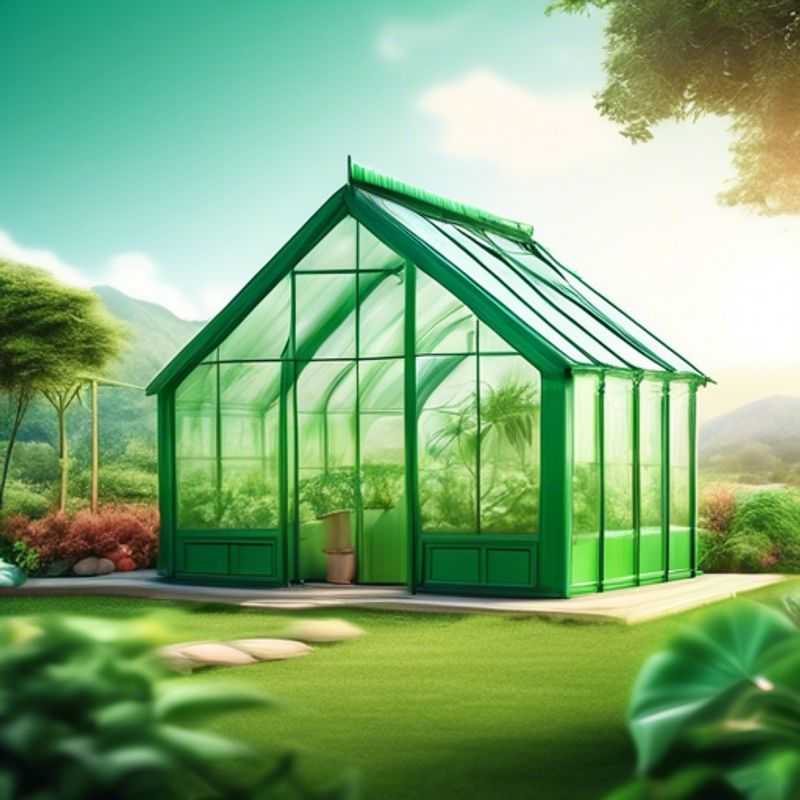
Top Things to Know Before Buying a Portable Greenhouse: Size and Weight, Construction Materials, Ventilation and Climate Control, Space and Layout, Assembly Process, Warranty and Customer Support, Portability and Ease of Relocation
Building a successful portable greenhouse starts with careful planning. Here are some key points to consider before you make your purchase:
Size and Weight: A good portable greenhouse should be easy to assemble, transport, and move around. Consider the size of your garden and the weight you can comfortably manage.
Construction Materials: Look for durable materials that can withstand weather conditions and provide long-term use. Assess the strength, longevity, and potential maintenance needs of the materials.
Ventilation and Climate Control: Proper ventilation and temperature regulation are crucial for optimal plant growth. Evaluate the greenhouse's features, such as vents, doors, and any climate control systems.
Space and Layout: Determine the available space in your garden and choose a greenhouse size and layout that fits your needs. Plan for efficient use of space and easy access for plant care.
Assembly Process: Research the assembly process and required tools before purchase.
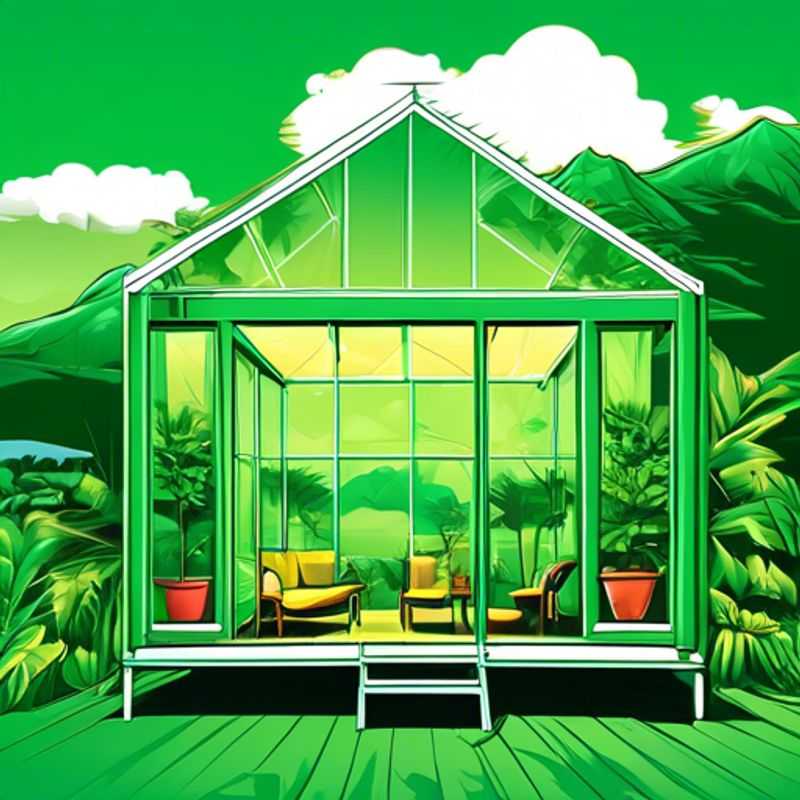
Portable Greenhouse Size and Weight: Choosing the Right Fit for You
A portable greenhouse can bring the joy of gardening to your doorstep, regardless of your space limitations. But before you buy one, consider the size and weight. These factors directly impact how easy it is to set up and move around.
A smaller greenhouse, ideal for a patio or balcony, will be lighter and more manageable, especially if you're planning to move it frequently. Larger greenhouses offer more space but might be heavier and require assistance for setup and relocation.
When choosing a portable greenhouse, look for features that facilitate easy assembly and transport, such as lightweight frames, modular designs, and wheels. The materials used in the construction will also influence its weight – for example, aluminum frames tend to be lighter than steel ones.
Remember that even if a greenhouse is marketed as portable, its actual transportability might depend on the specific model and your individual needs. It's important to read the product specifications carefully and factor in the weight and size before making a purchase.
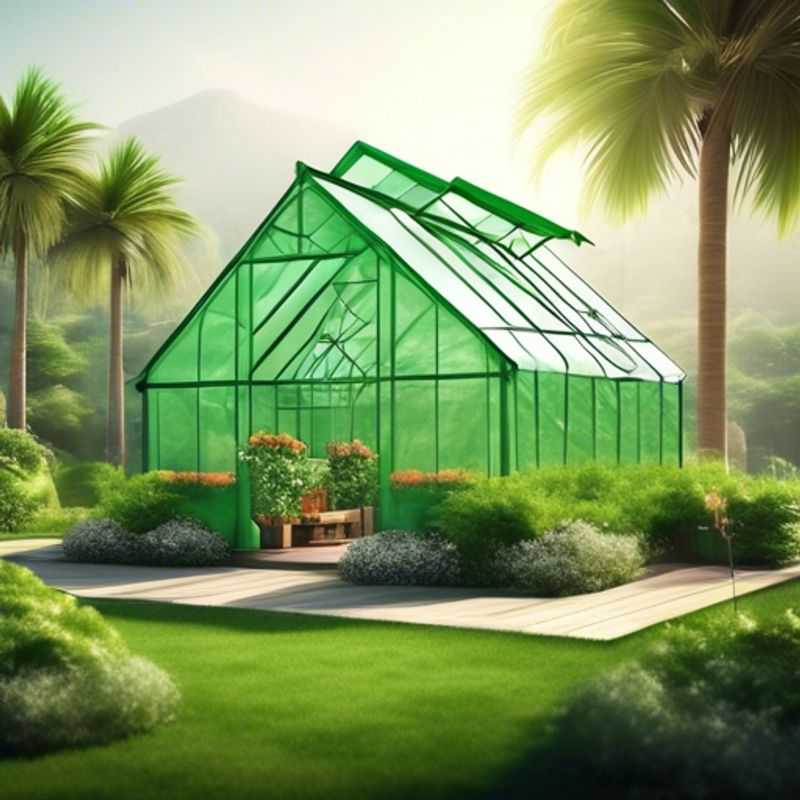
Building to Last: Understanding Construction Materials for Durability
Understanding construction materials and their durability is essential for ensuring long-term use and performance. Common materials include concrete, steel, wood, and brick, each with unique properties affecting their lifespan. For instance, concrete is known for its strength and resistance to weather, while steel offers high tensile strength but may be prone to corrosion if not properly treated. Wood can provide aesthetic appeal but requires treatment to prevent rot and insect damage.
When estimating a plan for construction, consider environmental factors like humidity, temperature fluctuations, and exposure to elements, as these can significantly impact material durability. Additionally, assess the quality of materials, as higher-grade options often provide better performance over time. It’s also crucial to factor in maintenance costs associated with different materials, as some may require more frequent upkeep than others.
In terms of paid activities, budgeting for professional assessments of materials, testing services for durability, and consultations with engineers can provide valuable insights. Additionally, consider costs for upgrades to materials or protective coatings that enhance longevity. By prioritizing these elements, you can create a robust plan that ensures your construction project stands the test of time.
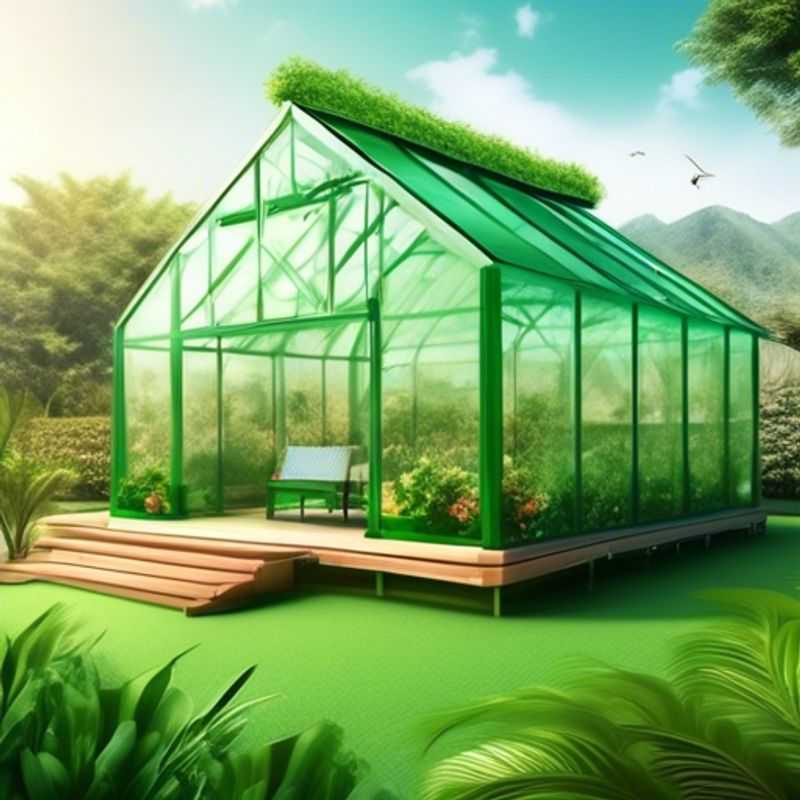
Optimizing Plant Growth: Evaluating Ventilation and Climate Control
Proper ventilation and climate control are crucial for optimal plant growth. Think of your plants like athletes – they need the right environment to thrive! Ventilation provides fresh air, removing excess CO2 and humidity while introducing oxygen. This is essential for photosynthesis, the process plants use to make food. Climate control maintains ideal temperature and humidity levels, preventing stress and promoting healthy growth.
When evaluating ventilation and climate control, consider the following:
Airflow: Ensure adequate air circulation to prevent stagnant air and humidity buildup. Fans or vents can be used to create airflow.
Temperature: Plants have optimal temperature ranges. Use thermometers and thermostats to monitor and maintain the ideal temperature for your specific plants.
Humidity: Humidifiers and dehumidifiers can help control humidity levels. Too much or too little humidity can harm your plants.
Light: Plants need sufficient light for photosynthesis. Light intensity and duration are important factors to consider.
By carefully evaluating and adjusting these factors, you can create the perfect environment for your plants to flourish.
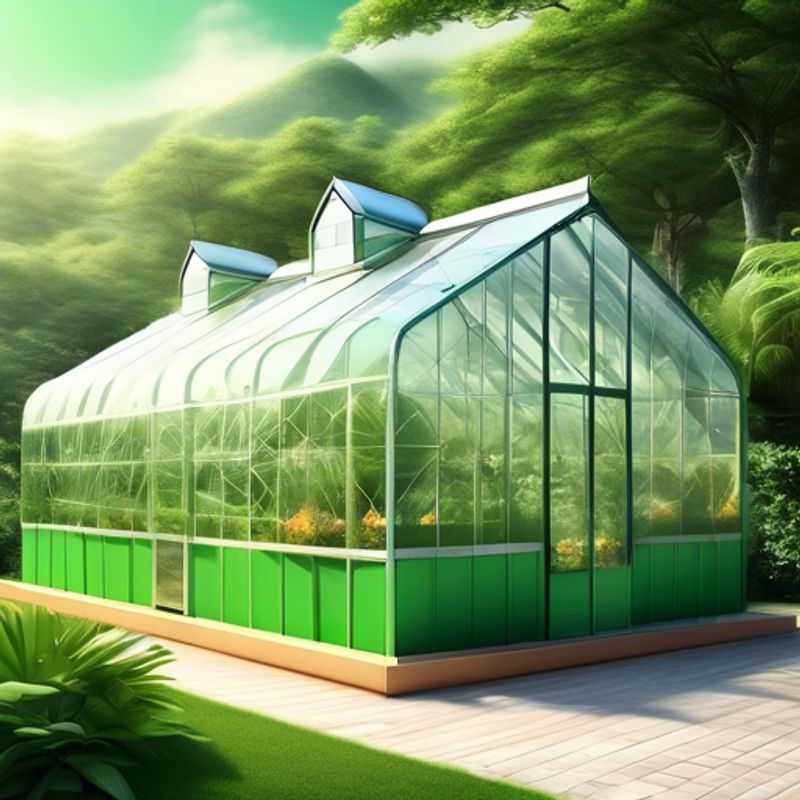
Planning Your Garden: Assessing Space and Layout Options
To effectively assess the available space for your gardening needs, start by measuring your garden area. Consider factors such as sunlight exposure, soil type, and proximity to water sources. Layout options can vary from raised beds to vertical gardens, so choose based on your space and plant requirements. Evaluate pathways for accessibility and maintenance, ensuring they are wide enough for easy movement.
When planning, also consider zoning regulations that may affect your garden layout. If you're hiring professionals for landscaping or design, include costs for consultation, materials, and labor in your budget. Don’t forget to factor in ongoing maintenance costs, such as fertilizers and irrigation systems.
Ultimately, a well-planned garden space not only meets your aesthetic desires but also enhances plant growth and productivity. For further details, consider researching specific gardening techniques and layout designs that suit your unique space.
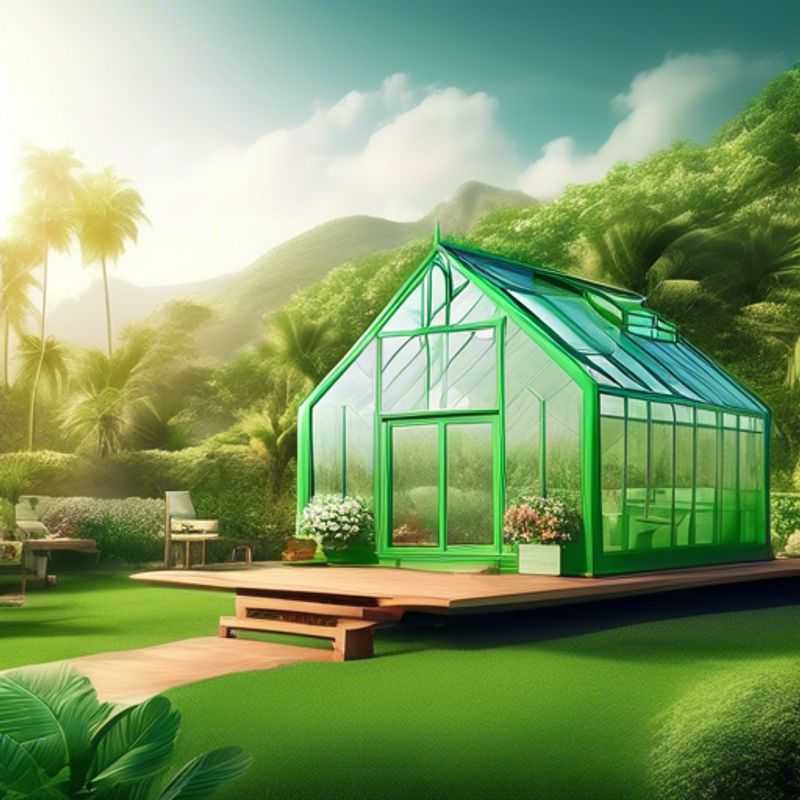
Researching the Assembly Process: Your Guide to a Hassle-Free Installation
Researching the assembly process and gathering the right tools is crucial for a seamless installation. Before diving in, make sure you've thoroughly read the assembly manual and understand all the steps involved.
Next, assess the required tools. Some tasks may need specialized tools like torque wrenches or impact drivers. Check if the assembly instructions list required tools, or if they suggest alternatives.
Plan your work area, ensuring it's well-lit, spacious, and has a clean, flat surface. Prepare all the parts, making sure they're in good condition. Take your time, double-checking each step and following the instructions carefully.
Anticipate potential challenges during the assembly process. This could involve tight spaces, intricate connections, or specific safety precautions. Having the right tools, patience, and a clear understanding of the assembly instructions will greatly enhance your experience.
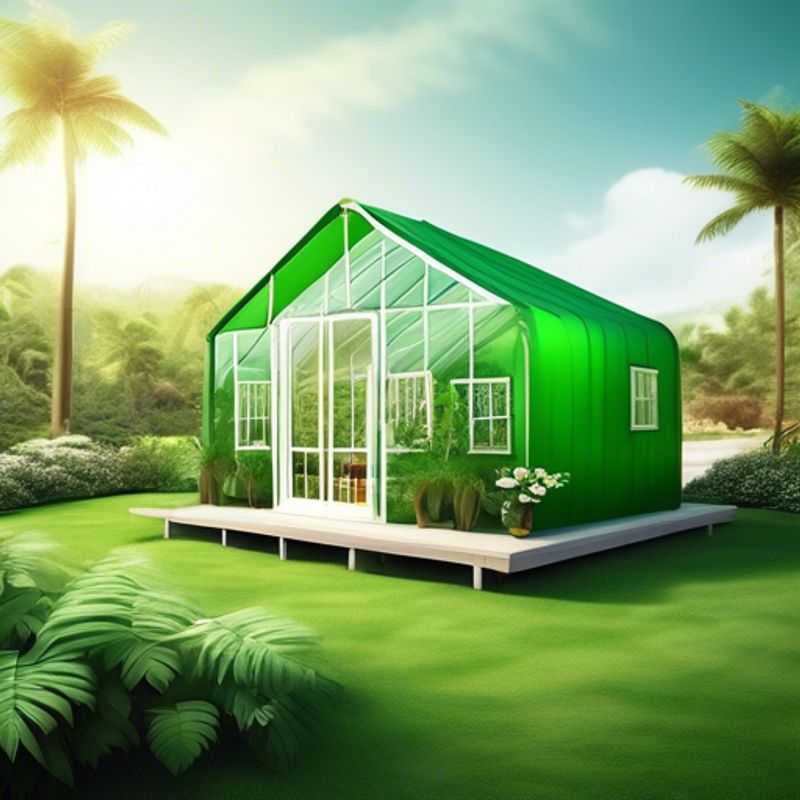
Beyond the Price Tag: Checking Warranty & Customer Support for a Smooth Purchase
Before you click "buy" on any product, take a moment to investigate the warranty and customer support offered. This small step can make a big difference in your overall satisfaction with your purchase. A solid warranty shows the manufacturer believes in their product and is willing to stand behind it.
Think about what might go wrong. Will the product be covered if it malfunctions or breaks down? What about accidental damage? Does the warranty cover shipping costs? You should also be aware of any limitations or exclusions in the warranty.
Beyond warranty, a good customer support system is crucial. Can you easily reach them via phone, email, or chat? Are they available during convenient hours for you? How responsive are they to queries and complaints? Knowing you have access to helpful support can give you peace of mind in case you need it.
Taking the time to understand the warranty and customer support policies upfront can save you hassle and frustration later. Don't be afraid to ask questions. A good company will be transparent about these aspects of their products and services.
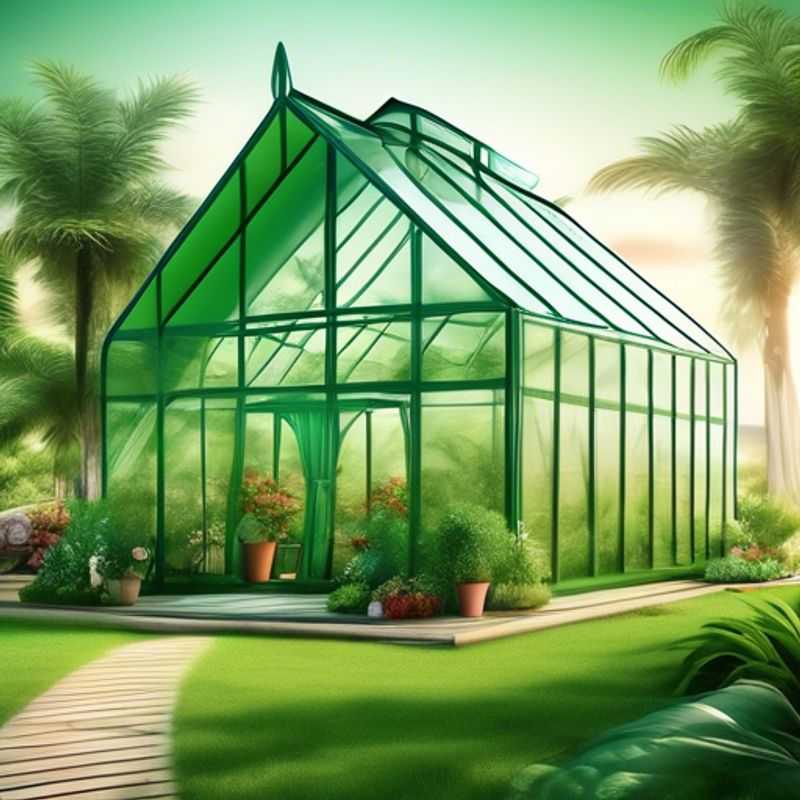
Move with Ease: Determining Portability and Relocation for Versatile Usage
Determining the portability and ease of relocation for versatile usage is crucial for efficient workflows. It involves assessing factors like size, weight, and power requirements. Consider the following aspects:
Size and Weight: Smaller and lighter equipment is generally easier to transport and relocate, reducing potential handling difficulties and transportation costs. Think about the overall dimensions and the weight of the equipment, particularly when considering manual lifting or transportation.
Power Requirements: Ensure the equipment has compatible power sources at the destination. Consider the voltage, frequency, and plug types required. If the equipment uses specific power sources, research the availability and cost of adapting it to the new location.
Environmental Considerations: Assess the environmental conditions at the new location. Factors such as temperature, humidity, and altitude might affect the performance and reliability of the equipment.
Accessibility: Consider the accessibility of the new location. Factors such as stairs, narrow corridors, or lack of lifts can impact the ease of relocation.
Transportation Costs: Transportation costs can vary depending on the distance, mode of transport, and the size and weight of the equipment. Research transportation options, like trucking or air freight, and consider potential insurance costs.
Relocation Services: If the relocation process is complex or involves specialized handling, consider hiring professional relocation services. They offer expertise in packing, loading, and transporting equipment, potentially minimizing potential damage and downtime.
Installation and Configuration: Factor in the time and cost associated with installing and configuring the equipment at the new location. This can involve specialized technicians, network connections, and software installations.
By carefully assessing these factors and addressing potential challenges, you can ensure a smooth and cost-effective relocation process for versatile usage.
